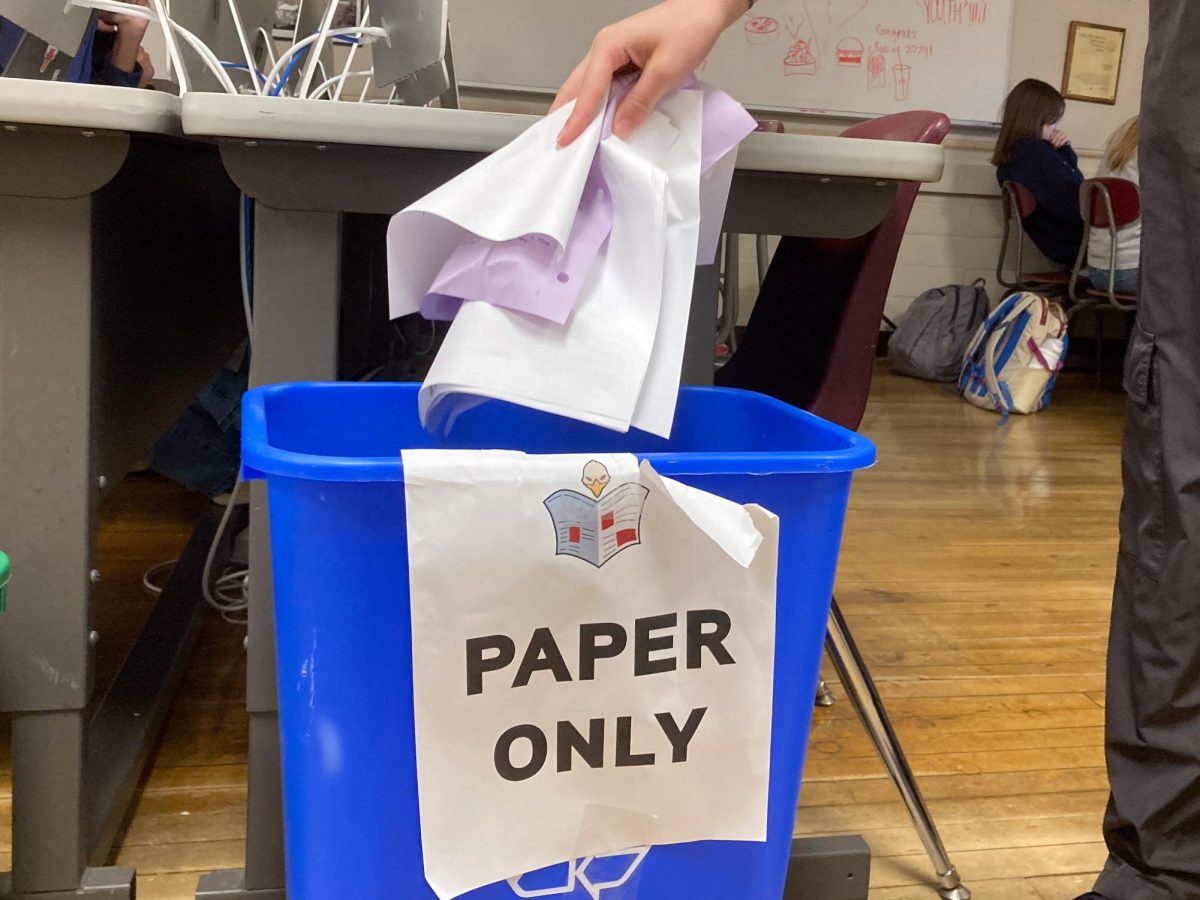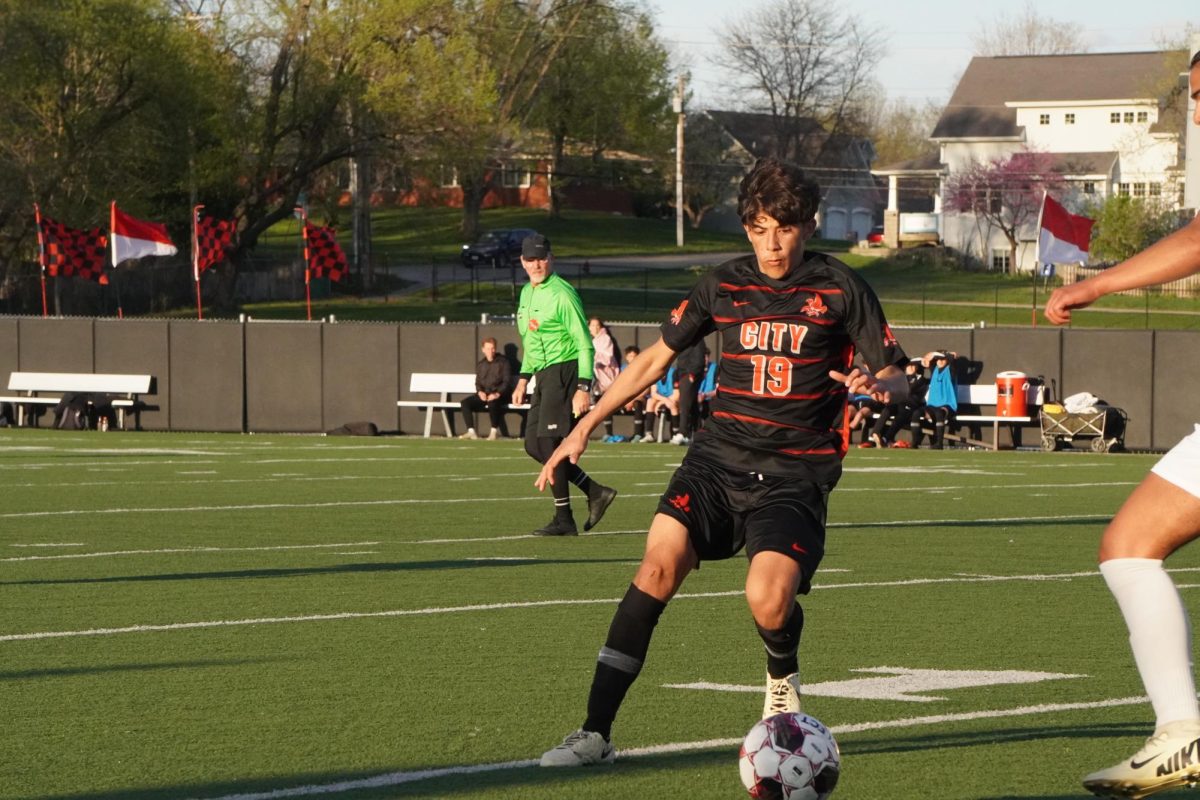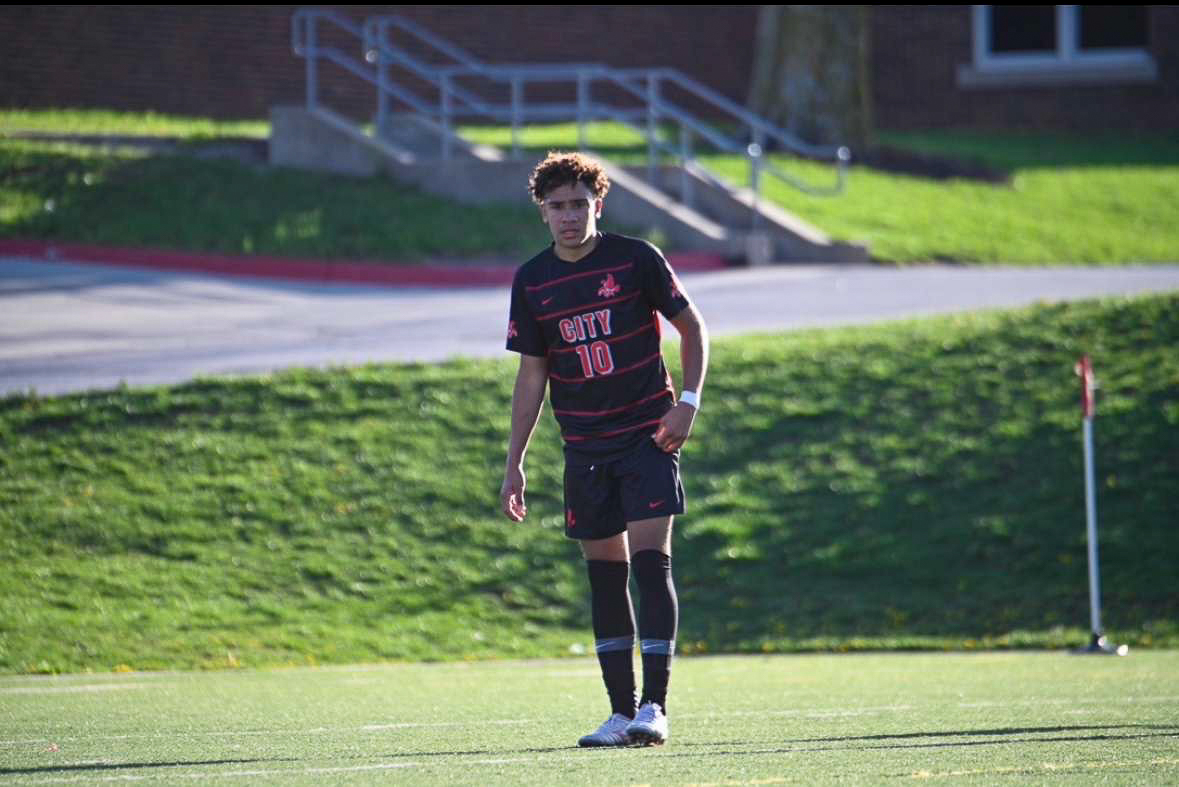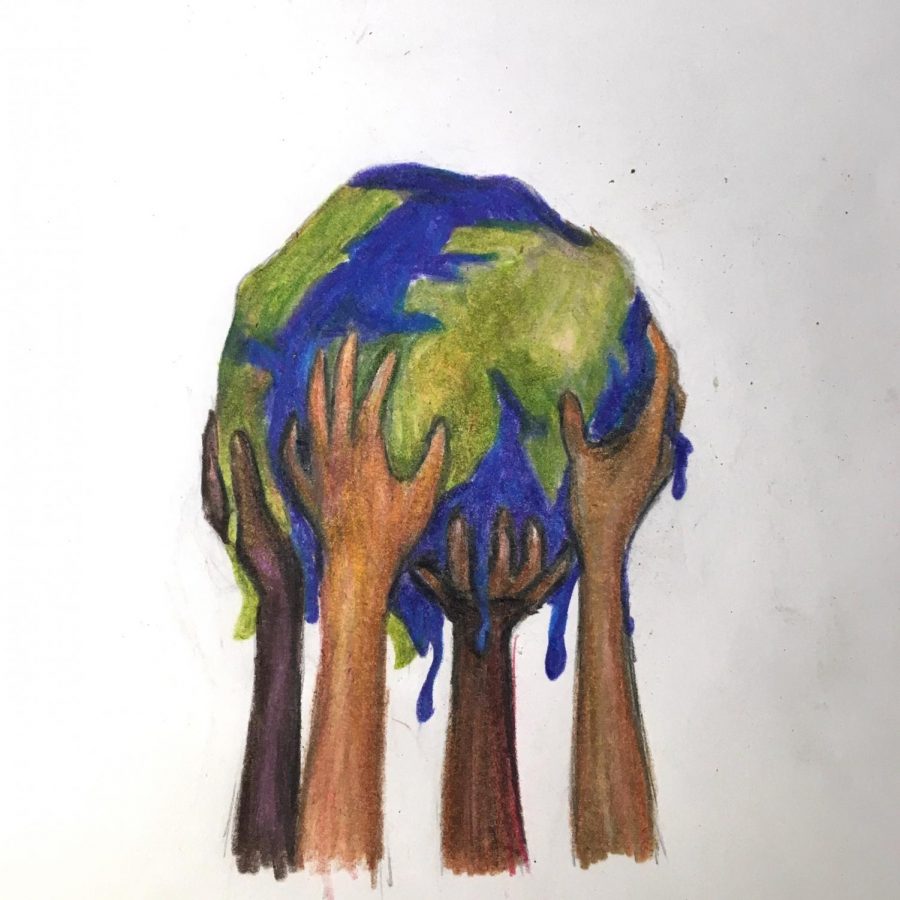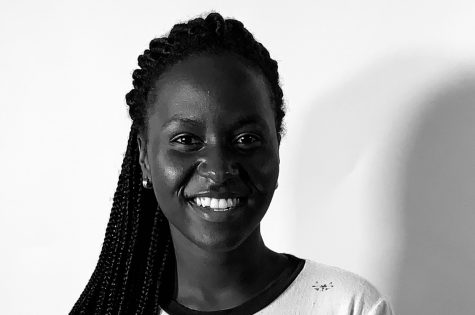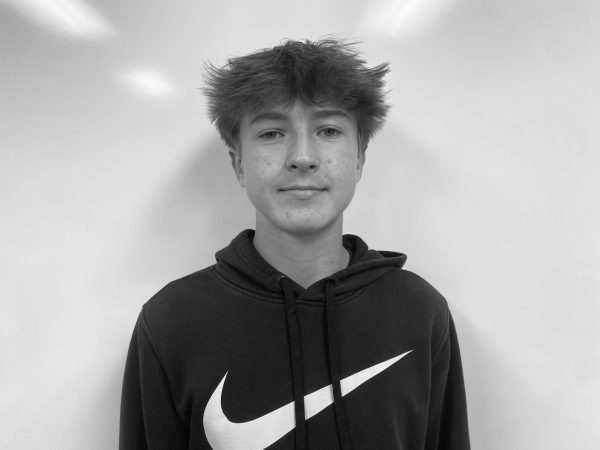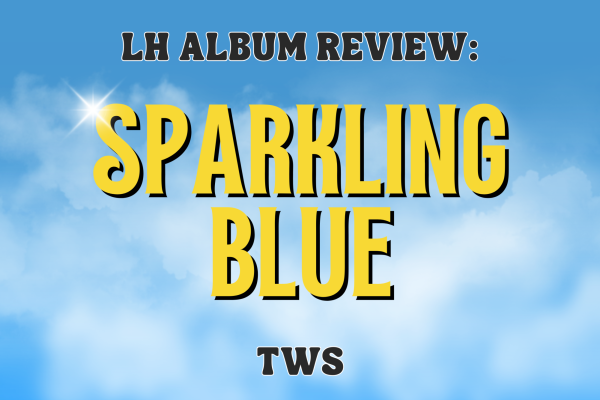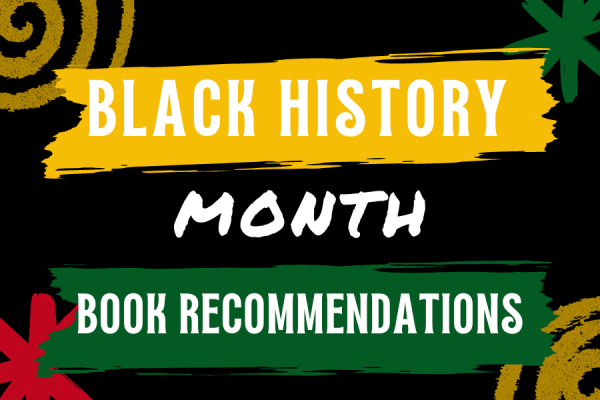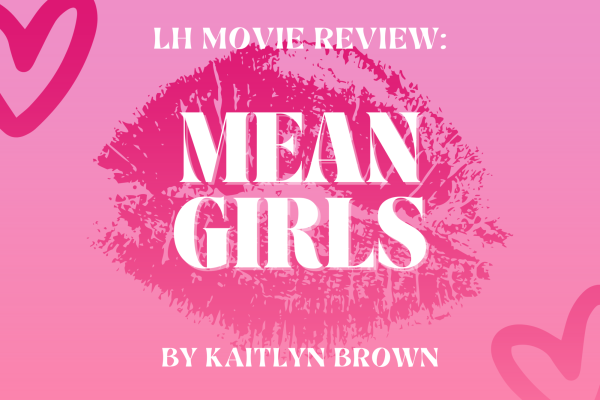The Racism and Economics Behind Climate Change
Exploring how communities of color and low income communities are disproportionately being affected by climate change as well as impacted by environmental injustice.
Climate change and environmental issues disproportionately affecting lower income communities and communities of color
April 10, 2020
The negative effects of climate change are expected to have a greater impact on lower-income communities, according to a federal report released in 2018. Additionally, these specifically in the United States, are made up primarily by minorities. The American Psychological Association reported that 39% of African-American and 33% of Latinx adolescents live in poverty, while this rate is at 14% for White and Asian adolescents.
“There is a broad, major diversity in poverty and wealth within a country. So even in a developing nation, there’ll be places that are very wealthy and places that are poor. Except those that are poor in development settings will be much poorer than those that are poor [in the United States],” Eric Tate said, an assistant professor of geographical and sustainable sciences at the University of Iowa. “With climate change, the people that are going to be affected the most are those that rely on natural resources. For example, a fisherman would be affected by coral and mangrove loss, or a farmer would be subject to greater impacts from a flood or drought.”
Developing countries have reported having issues controlling problems such as the sea-level rise and land destruction due to climate change. In Sub-Saharan Africa, the amount of nitrogen taken by crops remains low, causing food shortages.
A study by Craine et al in Science Magazine recently showed that the nitrogen concentrations in plant tissue which is often considered an indicator of the amount of nitrogen taken up by plants or their amount of nitrogen decreased globally between 1980 and 2017 although globally expanded the availability of nitrogen. According to the study, the decrease in nitrogen signifies that there exists less nitrogen available for the plants than there was in the past.
African countries such as Botswana, which is currently suffering from climate change-related problems, are dealing with low agricultural production and food scarcity. However, they are still trying to make a change to better the environment.
“Botswana’s government is developing a climate policy and strategy and reducing greenhouse emissions 15% by 2030,” a Botswana Representative at United Nations General Debate of 2019 said. “But the country will fail to succeed in its climate efforts without partnership assistance, capacity‑building, technology transfers and financial support.”
Countries such as Tajikistan have experienced a great reduction in their glaciers, which are essential to all of Central Asia.
“Unprecedented climate impacts are disproportionately burdening developing countries,” Mahmadamin Mahmadaminov, the Tajikistan Representative at United Nations General Debate, said. “Moreover, the phenomenon’s negative effect on the quantity and quality of freshwater resources in these nations is becoming ever more apparent.”
Ruby Pilet senior who lives in Cayman Island, a developing country, has seen the effects of climate change which is negatively impacting her country.
“The coral in the sea is bleaching out and then dying [because] of the change in temperature of the ocean. It’s getting too hot for them to survive,” Pilet said. “It is so hot that a mountainous chemical dump catches on fire. On the island there are more cars than there are people and there is so much traffic. There are about two cars per person which adds to the polluted air that we breathe.”
The inhabitants of Cayman Island also suffer from a constant rise in sea level of the island. According to The Cayman News Service, in the 20th-century sea levels were elevated by 15 centimeters, but they are currently elevating twice as much, the rate being 3.6 millimeters per year.
“In Cayman everything is sea level; we don’t have any hills or anything,” Pilet said. “Sometimes when the water comes in [the sea level] gets really high, and one time [the water] was all [over] the road .”
In order to help decrease climate change, the government of Cayman utilizes its broadcasting resources to keep its constituents aware and educated of the environmental problem occurring in their country.
“The government works with the planning department to make sure that there is no unauthorized destruction of mangroves and there is protection from natural [disaster] like hurricanes,” Pilet said. “When there is an invasive species, the government tries to keep people aware and organizes people to round it up.”
Pilet attended the World Affairs Seminar Camp at Carroll University in Wisconsin, and utilized her passion regarding climate to create an awareness project on climate change by creating an Instagram page that would educate the general public on issues concerning climate change.
“In doing the project I felt like I was bettering the possibility of the longevity of my island. I also felt as if I was helping decrease global warming,” Pilet said. “Our generation are the ones who either make climate change better or make it worse. The fact that I was able to educate the people was rewarding.”
Through all of the problems that developing nations and people have faced, the greatest reason for the disparity between who is affected by climate change, especially in the United States, falls under a history of oppression.
“Systemic racism is part of it, the kind of system that could perpetuate oppression. Communities that are predominantly of color tend to be segregated into areas that are more likely to receive things like extreme flooding,” Clarity Guerra said, a videographer based at the University of Iowa. “These roots have a very complex, intertwined history with racism and the systems in place that perpetuate oppression.”
Guerra provides a specific example, Hurricane Katrina, which occurred in New Orleans and predominantly affected African American families and low income families.
“There are a couple of reasons [for that] and intergenerational poverty is part of it,” Guerra said. “It’s harder for black families to accumulate wealth, for example because of the ways the United States gives out loans and who is eligible for loans, racist policymaking and redlining contribute to this. Being a more vulnerable community when something like a flood occurs [and] so there was a huge environmental disaster that disproportionately affected black families over white.”
Tate agrees with this assessment, and traces the disparity of those affected by climate change in the United States to the founding of the country.
“Our political-economic system, for hundreds of years, has been a concentrated power, patriarchal, white, and class based. [The United States] was founded on the use of free labor, so we have this long history of an economic system that’s exploiting people,” Tate said. “Unraveling that is not going to be easy. People nowadays expect that opportunities are open and things will be fine. But things take a long time to change and they continue to be what is reproducing these inequities.”
Besides slavery, Tate traces the ideas that have caused a climate change disparity to ideas that Americans have had about immigrants for years.
“Today we’re willing to put people in cages because we think that they’re less than their burden. This idea at its core goes back to Ellis Island,” Tate said. “In each wave of immigration, you heard the exact same arguments that you hear today. ‘They will take our jobs, cost us money, bring disease, bring crime, they’re dangerous, they’re not like us.’ We recycle the same arguments because people are scared to change.”
Despite government and political systems, people still have power over climate change through the free market.
“People have so much market power, for example; palm oil. It’s a fruit that’s grown [on] trees originally from West Africa, but when you squeeze it, [it] has all this oil inside. People found it is really great for a ton of things, cooking oil, baked goods, toothpaste, shampoo, chances are you buy palm oil products,” Tate said. “A lot of it is grown in Indonesia, where they burn down forests that are home to really large amounts of biodiversity and put all this carbon into the air, to put in palm oil plantations and make the products that get shipped to the United States.”
Tate uses the example of palm oil to show how consumers in the United States affect climate change and the rest of the world.
“It’s our decisions that are fueling changes in other parts of the planet, helping to decimate the rainforest in India, Indonesia, and Malaysia,” Tate said.
However, according to Tate, consumerism is not the biggest fuel for climate change, rather it is governmental policy.
“Consumer choices are driving things like palm oil plantations, but the big impacts are not the consumer decisions. It’s public policy around transportation, agriculture, and land use, and these aren’t decisions that individuals are making for the most part,” Tate said.
Voting serves as a way to allow individuals to influence the public policy that they see and make it more climate friendly.
“Everybody should vote. Policies aren’t just going to come out of thin air. Sometimes it’s hard to understand elections and they get framed around healthcare and taxes, but the people that get in there making policies, they’re deciding where tax dollars go,” Tate said. “Voting is the most important influence at the local level and these elections are won by hundreds of votes sometimes. So, your vote actually does matter.”
Guerra also sees the importance in voting as a form of activism, however, because of the disparities that minorities have faced with climate change, she also feels that communities of color should have special attention directed at them.
“It would be much higher impact for the government to make changes then for individuals to make decisions, but at the same time, having an outreach and grassroot activism that includes and focuses on communities of color and how they can have a big impact on climate justice with how they vote, [is important],” Guerra said. “In terms of outreach to communities of color in general, when it comes to political campaigning, people have to make sure that certain communities aren’t written off.”
Recently, President Donald Trump’s administration has begun to dismantle the efforts by the Environmental Protection Agency (EPA) to investigate racial disparities in climate change. According to an article written by reporters at the The Atlantic and Huffington Post, Trump’s administration fired scientists with expertise on environmental justice knowledge and reduced funding to environmental justice programs.
In an interview with The Inside Climate News former associate administrator Mustafa Ali said that it took a great amount of efforts to create a trusting relationship with communities of color by building programs that are now being demolished by the Trump administration. Ali believes that the reduction of funding to the EPA by Trump’s administration is for safeguarding industrial companies which embrace Trump’s campaign and discrimination as well as demonstrating to communities of color that their lives are not of value.
Guerra believes that one of the ways to combat the racial and income disparities because of climate change disparity which faces minorities and the poor is with education and awareness.
“I think that having a really good curriculum surrounding environmental science and climate science in our schools [would help],” Guerra said. “And making sure everyone takes those classes is a good way to reach all populations and help shift the understanding of this major issue.”
Although Ali resigned from his position at the EPA, he continues his efforts of educating communities of color about environmental issues by being vice president of a not for profit program Hip Hop Caucus. The program assists the youth in activism on issues such as the environment through hip hop.
In the interview with The Inside Climate News Ali also said that he plans to highlight that environmental justice needs to continue to occur and that there are opportunities to achieve that, and that issue needs to be addressed or the health of society will be affected.
Additionally, with the goal of increasing knowledge concerning climate change, the Iowa City Community School District has added AP Environmental Science taught by Mary Lestina that will commence in the 2020-2021 school year. The class came about through surveys of parents and students as well as demands made by the climate strikers who indicated that they would like to see more environmental issues addressed within the sciences.
“I think that it comes down to how much exposure you have with environmental topics,” Lestina said. “[Therefore] the more aware you are, the more you are able to take appropriate action that you need.”
Lestina hopes that this class will allow students to understand the science behind environmental issues and have more education on what possible solutions could be.
“We’re going to be focusing a lot on the solutions and what people can do as individuals,” Lestina said. “It’s really easy to sit back and say, ‘the government should do this, and we should just reduce our fossil fuels and have that be our focus.’ But I want to give the power to the students to think of small actions or things that they could do to make more of an impact.”
Despite the smaller solutions that people can learn to do, adopting a more sustainable lifestyle can be difficult to do if people are struggling economically.
“When you’re struggling economically and you get home and think about how to get the kids fed and pay the bills and you have other stresses in life, it’s hard to have to think about being sustainable,” Tate said.
Despite possibly wanting to do things that are better for the environment, Guerra thinks that lower-income families are already better for the environment because of their consumer habits.
“If you compare an upper middle-class family with an electric car and solar panels and a poorer family, the rich family might be polluting more, even if they’re making these kinds of green decisions. [The wealthy family has] purchasing power that provides access to green technologies, but they consume more in general,” Guerra said. “Even though they have some of these symbols of green choices, they might not have a smaller carbon footprint. So there’s the flexibility to make green choices and buy organic food and stuff like that, and also overall consumption.”
When it comes to the economics of climate change and specifically people’s impact on the environment by buying sustainable or ecologically friendly products, Megan Fields ‘21 feels limited by her income.
“[I feel limited because] my family isn’t necessarily poor, but we definitely are not rich. We just can’t afford to buy the best [eco friendly] products,” Fields said.
Fields believes that she is not the only one who faces this problem, and if sustainable products were more affordable then they would be more widely used. In fact, a survey taken among City High students showed that about 77 percent of students feel limited in helping the environment due to the amount of money at their disposal.
“So many people would buy better products if they were more affordable,” Fields said. “I think that they are way too expensive and that makes people want to buy the cheaper, more earth damaging products.”
When polled, about 76 percent of students reported that environmentally friendly products are too expensive and about 44 percent said that they avoid buying them for that reason. However despite her limitations, Fields still works to do what she can to help the environment.
“I try to recycle as much as I can, reduce my plastic usage, and part of that is using my reusable water bottle every day, and my parents buy most of the stuff in my household so I’ve tried to convince them to be better about what they buy,” Fields said. “I feel like I definitely could be doing more but every little thing counts.”
Despite all of the available solutions, people are still concerned about climate change. A new study from National Geographic showed that 72 percent of Americans view climate change as a personally important problem.
“I’m going to be honest, climate change scares the hell out of me. People don’t take it as seriously as they should and as a minor I feel like I can’t do much to change that,” Fields said. “I do care about helping the environment, because obviously everyone lives here and we want to live here for a long time, so I really don’t appreciate the idea of the world ending on us.”


